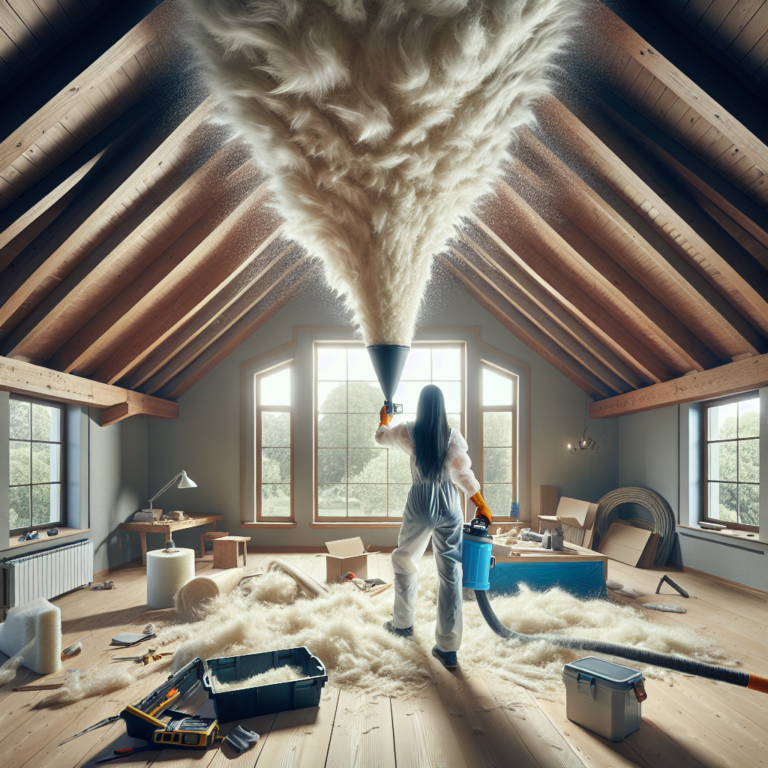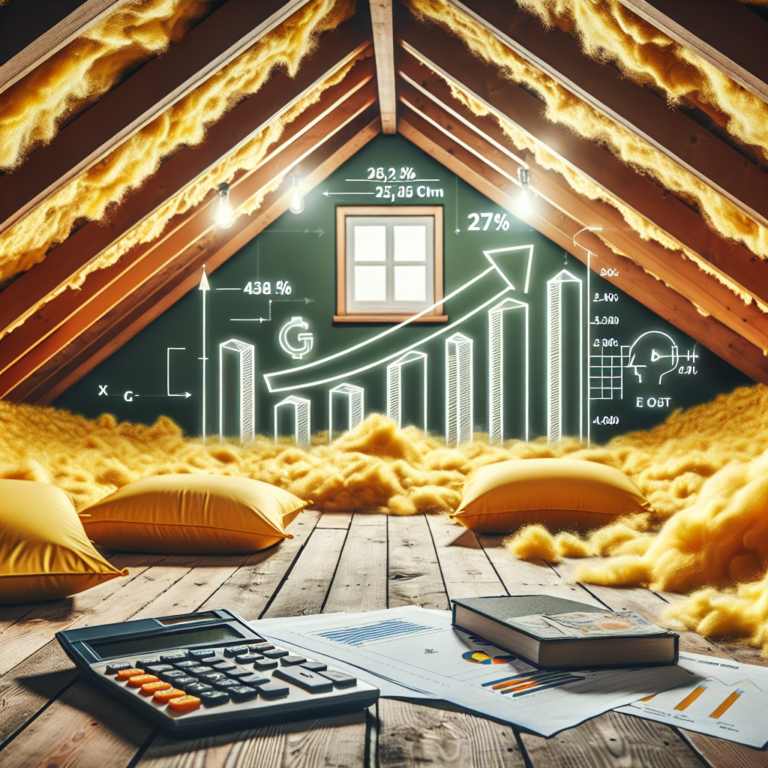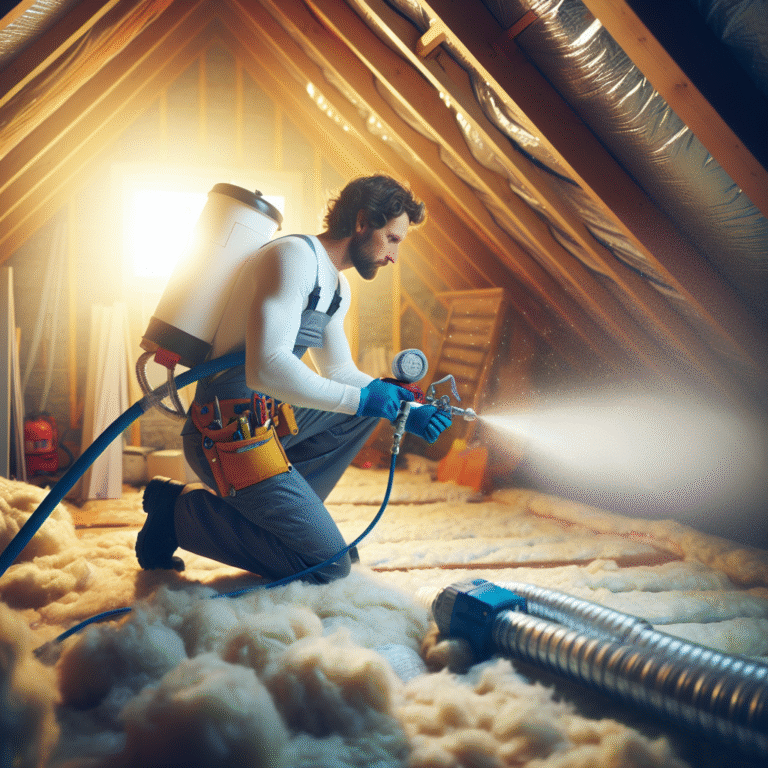The Ultimate Guide to Blown-In Insulation for Homes
Table of Contents
- Introduction
- What is Blown-In Insulation?
- Benefits of Blown-In Insulation
- Installation Process
- Types of Blown-In Insulation
- FAQ Section
- Conclusion & CTA
Introduction
Revolutionize your home’s energy efficiency with blown-in insulation, a cost-effective solution that ensures your indoor comfort irrespective of the season. This guide unfolds everything you need to know about blown-in insulation for homes.
What is Blown-In Insulation?
Blown-in insulation, also known as loose-fill insulation, involves the use of a machine to blow insulative material into attics, walls, and hard-to-reach spaces. The material typically comprises fiberglass, cellulose, or mineral wool, offering an adaptable approach to insulation.
Benefits of Blown-In Insulation
- Enhanced energy efficiency: Keeps your home warmer in winter and cooler in summer, reducing heating and cooling costs.
- Improved home comfort: Helps maintain consistent indoor temperatures.
- Eco-friendly option: Often made from recycled materials, contributing to environmental sustainability.
Installation Process
Step 1: Preparing the Area
The first step involves preparing the installation area, ensuring it’s clean and dry, and removing any old insulation if necessary.
Step 2: Using the Blowing Machine
The insulative material is fed into a blowing machine, which then propels this material into the designated spaces.
Step 3: Ensuring Even Distribution
The installer will carefully manage the flow of insulation to ensure an even distribution, crucial for effective insulation.
Types of Blown-In Insulation
Each type of blown-in insulation offers unique benefits:
- Fiberglass: Non-combustible and resistant to moisture damage.
- Cellulose: Made from recycled paper with a fire retardant treatment.
- Mineral wool: Excellent soundproofing capabilities and fire resistance.
FAQ Section
Q: Is blown-in insulation good for homes?
A: Absolutely, it is highly effective for energy conservation and can be easily installed in difficult-to-reach areas.
Q: How long does blown-in insulation last?
A: When properly installed, it can last for over 30 years, depending on the material used and environmental factors.
Q: Can blown-in insulation be DIY?
A: While it’s possible, professional installation ensures optimal distribution and safety.
Conclusion & Call to Action
Whether upgrading an old home or constructing a new one, blown-in insulation is a stellar option for enhancing durability, comfort, and efficiency. Invest in your home’s future today.
???? Click Here to learn more about energy-efficient solutions for your home.




